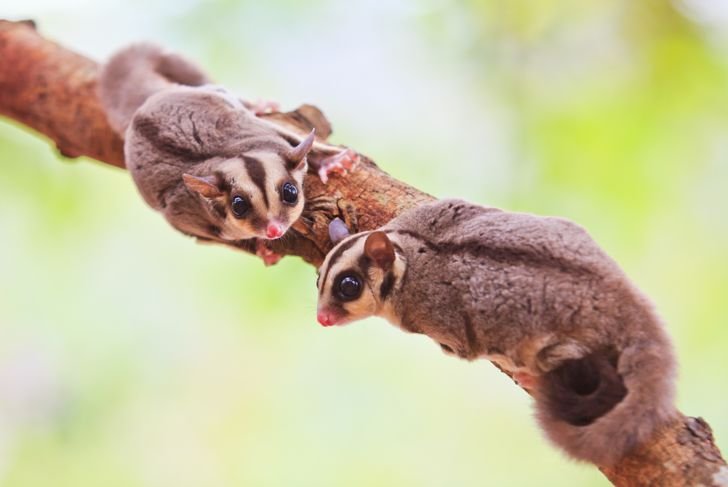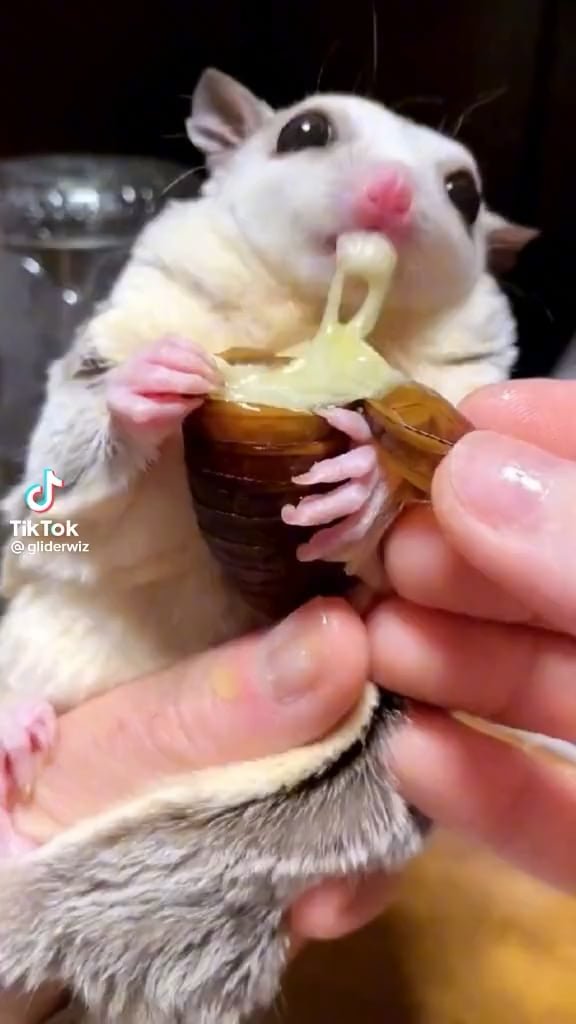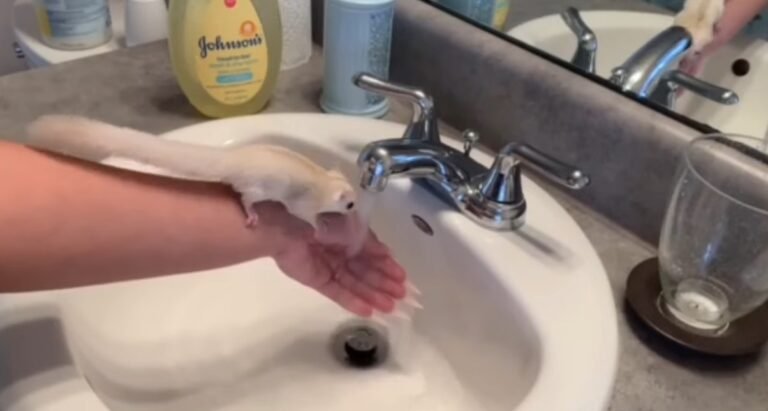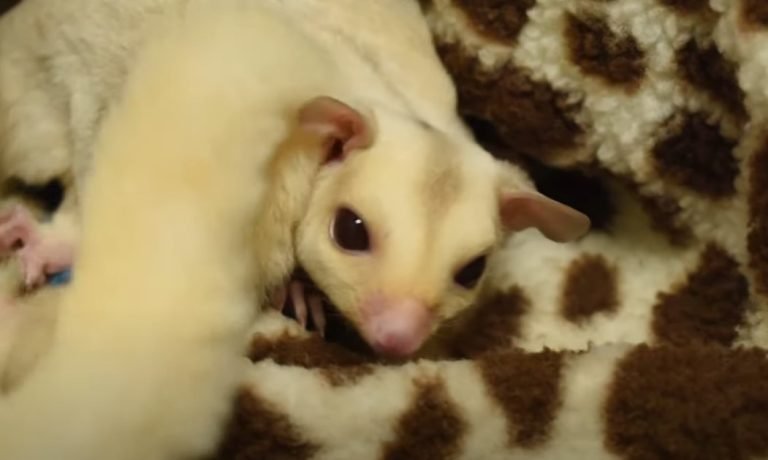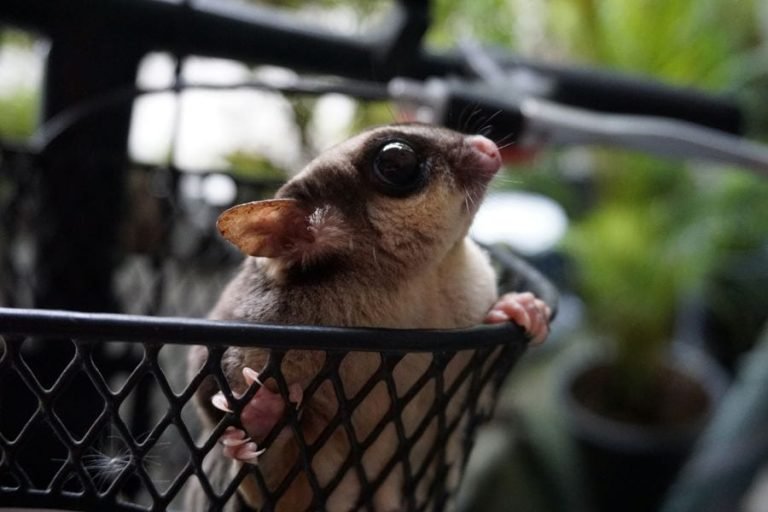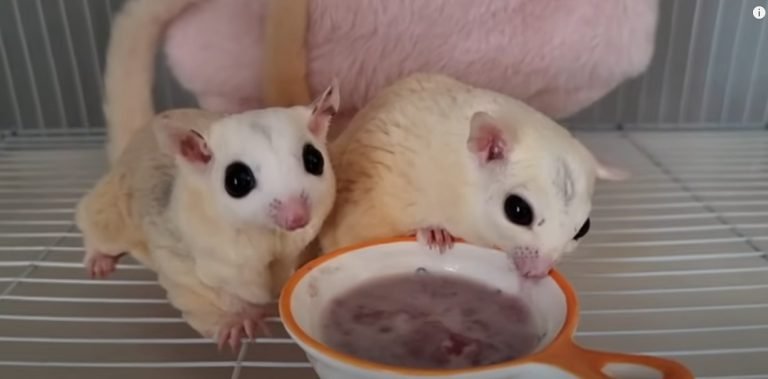How To Keep Sugar Gliders Warm
How to Keep Sugar Gliders Warm: A Comprehensive Guide
If you are a proud owner of sugar gliders, then you know how important it is to ensure their well-being and comfort. One crucial aspect of caring for sugar gliders is keeping them warm, as these small marsupials are native to tropical climates. In this article, we will delve into the various methods and strategies to keep your sugar gliders warm and happy.
Sugar gliders are highly adaptable creatures, but they are susceptible to cold temperatures due to their small size and lack of body fat. Extreme cold can lead to health issues such as hypothermia and even death in severe cases. Therefore, it is essential to provide a warm and cozy environment for your furry friends. Let’s explore some effective ways to maintain the ideal temperature for your sugar gliders:
1. Providing Adequate Heat Sources
One of the most efficient ways to keep sugar gliders warm is by providing them with proper heat sources. Here are some options to consider:
a) Heat Lamp or Ceramic Heater
Using a heat lamp or a ceramic heater is a popular method to maintain a warm temperature in your sugar glider’s enclosure. Make sure to position the lamp or heater at a safe distance to avoid direct contact and prevent any accidents. It is crucial to monitor the temperature regularly to maintain a consistent and comfortable environment for your gliders.
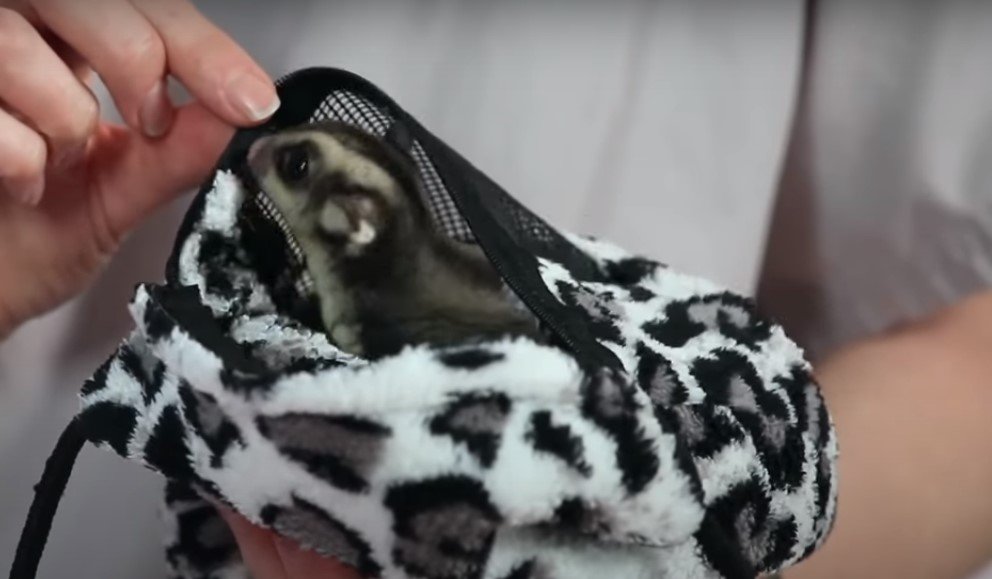
b) Heating Pad or Heat Mat
Another effective option is to use a heating pad or heat mat specifically designed for small animals. These devices emit a gentle heat that can be placed under the sugar glider’s sleeping pouch or bedding. Ensure that the heating pad is thermostatically controlled to prevent overheating and potential harm to your gliders.
2. Insulating the Enclosure
Creating a well-insulated enclosure for your sugar gliders is essential to trap the heat and maintain a comfortable temperature. Here’s what you can do:
a) Choose the Right Cage
Opt for a cage made of appropriate materials that provide insulation. Wire cages can be colder, so consider cages made of plastic, glass, or acrylic. These materials help retain heat better and offer better protection against drafts.
b) Use Insulation Material
Line the cage walls with insulating materials such as fleece or towels. This will help retain the heat and create a warmer environment for your gliders. Avoid using materials like newspapers or thin fabrics that do not provide adequate insulation.
3. Utilizing Bedding and Nesting Materials
Bedding and nesting materials play a crucial role in keeping sugar gliders warm and comfortable. Consider the following options:
a) Fleece Pouches or Sleeping Bags
Provide your sugar gliders with fleece pouches or sleeping bags, which are excellent for insulation. Fleece fabric is cozy and helps retain heat. Ensure that the pouches are appropriately sized for your gliders, allowing them to snuggle comfortably inside.
b) Soft Bedding Material
In addition to fleece pouches, soft bedding material such as shredded paper or wood shavings can provide extra warmth for your gliders. However, ensure that the bedding materials are not dusty or harmful to their respiratory health.
4. Regulating the Room Temperature
To keep your sugar gliders warm, it is essential to maintain a suitable room temperature. Here’s what you should consider:
a) Ideal Temperature Range
The recommended temperature range for sugar gliders is between 72 and 80 degrees Fahrenheit (22-27 degrees Celsius). This range mimics the tropical climate they are native to and ensures their comfort.
b) Avoid Drafts
Place the sugar glider’s enclosure away from drafty areas like windows, doors, or vents. Cold drafts can lower the temperature in their enclosure and make them uncomfortable.
5. Monitoring Humidity Levels
Apart from temperature, humidity is another important factor to consider when keeping sugar gliders warm. Here are some guidelines:
a) Ideal Humidity Level
Maintain a humidity level of around 50-70%. Sugar gliders require sufficient humidity to keep their skin hydrated and prevent respiratory problems. Use a hygrometer to monitor the humidity levels in the enclosure.
b) Using Humidifiers or Misting
If the humidity level is low, you can use a humidifier or mist the enclosure lightly to increase moisture in the air. Avoid excessive misting, as it can make the environment too damp, leading to mold or respiratory issues.
Frequently Asked Questions
Now that we have covered the essential methods to keep sugar gliders warm, let’s address some common questions related to their care:
1: Can I use a regular room heater to warm my sugar glider’s enclosure?
While it may be tempting to use a room heater, it is not recommended for sugar gliders. Room heaters can cause an excessive increase in temperature, posing a danger to your gliders. It is best to stick to heat lamps, ceramic heaters, or heating pads designed specifically for small animals.
2: Should I cover the sugar glider enclosure with a blanket or towel?
It is generally not advised to cover the entire enclosure with a blanket or towel. This can trap moisture and lead to poor ventilation, which can be harmful to your gliders. Instead, focus on providing proper insulation within the enclosure itself.
3: How can I tell if my sugar gliders are too cold?
Signs of cold stress in sugar gliders may include shivering, curling up in a ball, decreased activity, and loss of appetite. If you notice any of these signs, take immediate measures to increase the warmth in their enclosure.
Final Thoughts
Keeping sugar gliders warm is crucial for their overall health and well-being. By providing adequate heat sources, insulating the enclosure, utilizing proper bedding materials, regulating the room temperature, and monitoring humidity levels, you can ensure a comfortable and cozy environment for your sugar gliders to thrive in. Remember to always prioritize their safety and closely observe their behavior to make adjustments accordingly. With proper care and attention, your sugar gliders will live happily and comfortably in a warm and nurturing environment.


